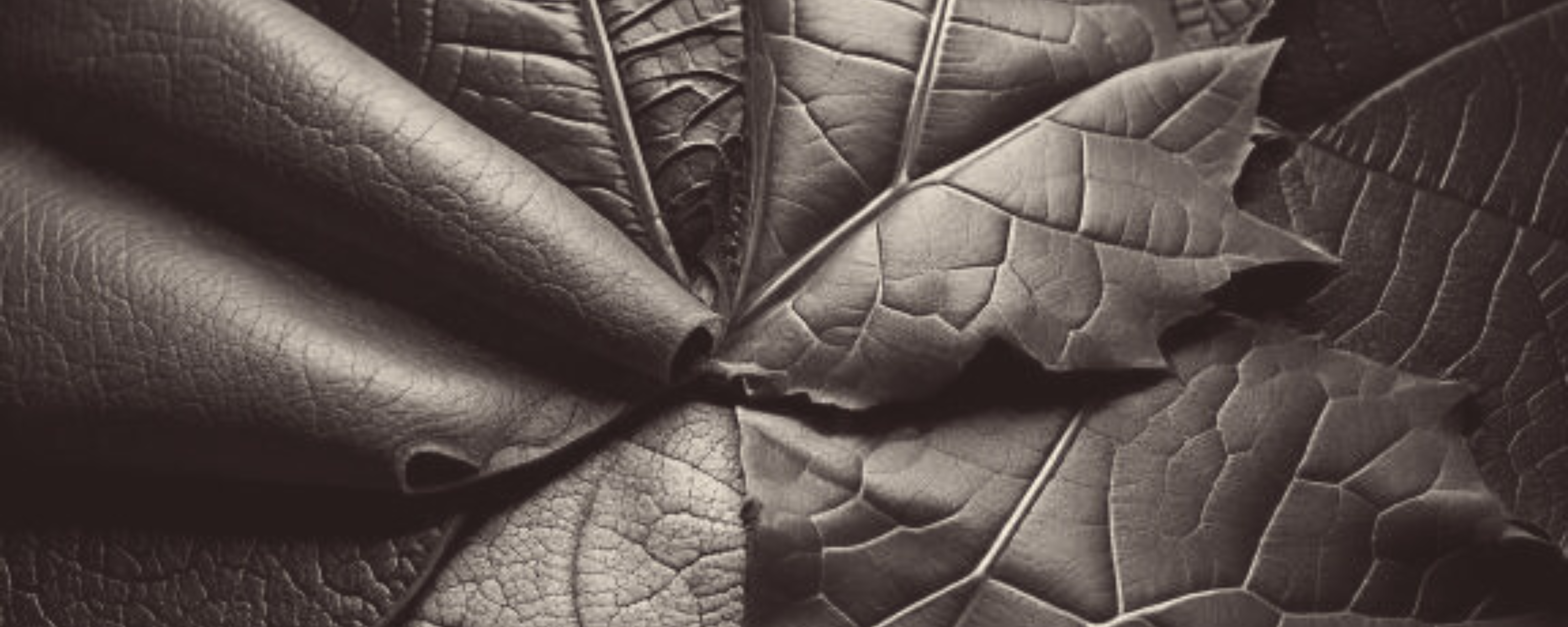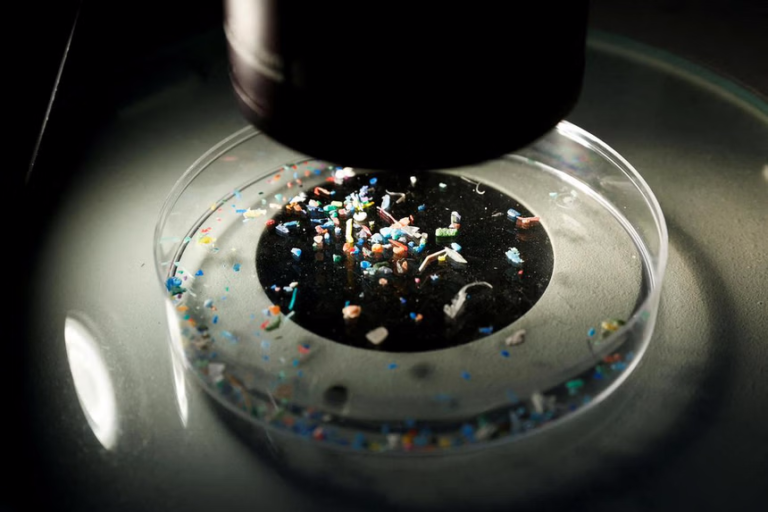Understanding the Semantics Around “Leather” and “Leather Alternatives”
Let’s clarify the terminology because, honestly, the terms surrounding leather can be quite confusing.
“Leather” and “Vegetable Leather”
According to French Decree No. 2010-29 (January 8, 2010), which enforces Article L. 214-1 of the Consumer Code, the use of the term “leather” is restricted. It can only describe materials derived from animal skin that have undergone tanning or impregnation to preserve the natural structure of the skin’s fibers. This applies regardless of language or context, including as a root word or adjective.
As such, the term “vegetable leather” refers exclusively to animal hides tanned using plant-based tannins.
This makes “vegan leather” a true oxymoron! Yet, it’s widely used to describe materials that are, in most cases, plastics. This brings us to the next category.
Synthetic Leather (Simulated Leather)
“Synthetic leather” or “faux leather” refers to flexible materials made from synthetic substances that mimic the appearance, properties, and uses of leather. These are typically made from PVC (polyvinyl chloride) or, more recently, PU (polyurethane). While PU is marketed as a more “eco-friendly” option, its production involves hazardous compounds, including isocyanates, which are toxic and, in some cases, carcinogenic. The synthesis of isocyanates itself requires phosgene, a highly toxic gas.
The primary drawback of plastic-based synthetic leather lies in its end-of-life management. These materials are neither biodegradable nor compostable, and recycling them is nearly impossible. At best, they are incinerated; at worst, they end up in landfills, nature, or oceans.
Flexible Materials
“Flexible material” is a broad term encompassing textiles or technical materials, including leather, synthetic leather, and their alternatives.
Exploring Leather Alternatives
Leather alternatives are diverse and include both synthetic options and blends of synthetic materials with plant-based components:
AppleSkin: A blend of PU (50%) and apple processing byproducts.
Vegea: A mix of PU (50%) and grape processing byproducts.
Piñatex by Ananas-Anam: Made from pineapple leaf fibers, PLA (polylactic acid), and a protective coating. Their premium range is also finished with PU.
Similar materials include cactus leather and mango leather. However, because these are composite or multilayered materials incorporating plastics, none of them are biodegradable or recyclable.
Alternatives with Managed End-of-Life Solutions
One well-known option is cork leather, though it’s more accurately described as a flexible material made from cork. This material is primarily composed of cork oak bark, cut and bonded into sheets or rolls. These sheets are often adhered to fabric and coated for added durability. While this improves longevity, it complicates recycling. That said, cork recycling does exist (e.g., wine bottle corks).
A notable innovation in leather alternatives is mycelium-based materials (derived from mushroom root systems). These are, in theory, possibly 100% renewable and biodegradable, although not recyclable. If you’ve tried it, share your thoughts in the comments!
Another option is recycled leather, such as RecycLeather, produced in France. It’s made from leather scraps and natural rubber (hevea). Since these scraps haven’t been coated with PU (a common practice that makes leather non-recyclable), this material represents an excellent example of waste valorization, even though it isn’t recyclable itself.
Conclusion
For manufacturers seeking ethical, sustainable, and high-quality solutions, the choices remain limited. Many still turn to traditional leather, as explained by Loom in their blog post, Is Leather Bad?
At La Tannerie Végétale, we’re developing a 100% plant-based leather alternative—free of plastics and recyclable. Our goal is to disrupt the status quo with a vegan, eco-friendly, high-quality, and design-focused solution.
We’ve named our alternative Phyli, inspired by Ancient Greek:
- ýλι : Raw material.
- φýλλο : Leaf, symbolizing both our ingredients and product form.
- φíλος : Friend, representing love and respect.
These roots embody Phyli’s essence—its source, purpose, and mission.
References


